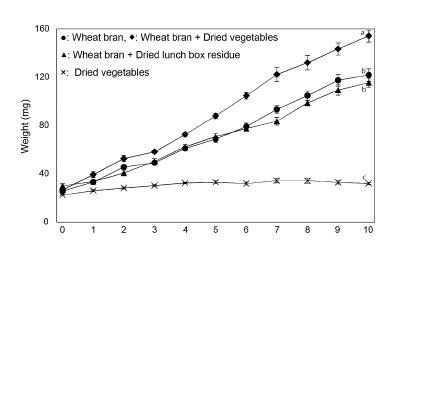Rearing potential of Yellow Mealworm (Larvae of Tenebrio molitor L.) on Food Wastes
Keywords:
Alternative protein, Growth performance, Sustainable developmentAbstract
The demand for protein is increasing as the global population grows. Humans mainly obtain proteins from animals through unprocessed red meat, processed meat, eggs, milk, cheese, and yogurt. However, rearing livestock and poultry, which are necessary for the production of these products, has a significant impact on the environment. Many researchers have attempted to use insects as a protein resource for food and feed. In this study, we attempted to rear yellow mealworms (larvae of Tenebrio molitor) using food waste (i.e., unsold lunch boxes from a university coop and vegetable waste). Our results showed that mealworms could not grow when only food waste was used as feed. By contrast, mealworms grew when we used a mixture of food waste and wheat bran, which is commonly used to feed mealworms. Therefore, we can conclude that proteins can be produced and food waste can be reduced by rearing mealworms.

